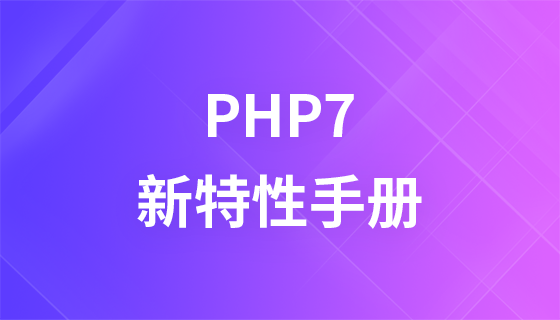
Course Intermediate 69199
Course Introduction:PHP7 is a brand new version of the PHP programming language, which has been greatly improved mainly in terms of performance. Official documents show that PHP7 can achieve twice the performance of PHP5.x version. At the same time, the syntax of PHP is sorted out, and many popular syntax formats in other languages ??are provided. The commendable thing is that after making such a big change, the compatibility of PHP7 is still very good. For the vast majority of applications, you can migrate to the PHP7 version without making any modifications.

Course Elementary 26153
Course Introduction:This tutorial is based on PHP7 and only involves basic syntax. It allows friends who care about and like the PHP language to get started quickly and enter the ranks of PHP programmers as soon as possible....
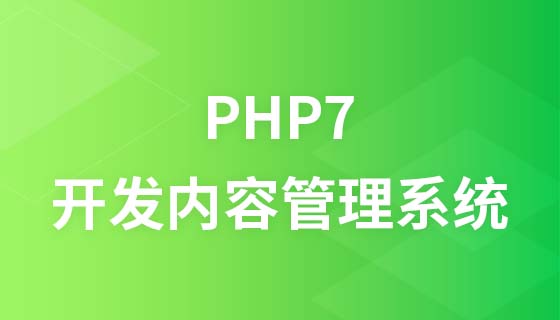
Course Intermediate 33157
Course Introduction:This lesson uses the latest PHP7 version to actually develop a cms content management system!
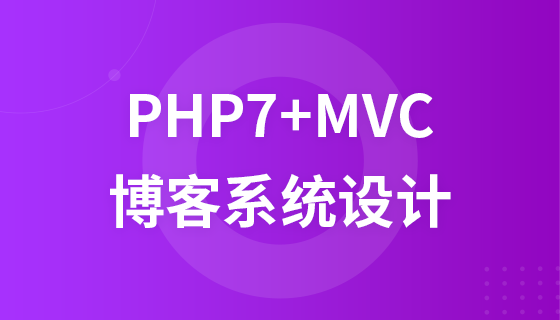
Course Intermediate 9304
Course Introduction:MVC refers to a certain framework of the MVC pattern, which enforces separation of input, processing, and output of the application. Applications using MVC are divided into three core components: model, view, and controller. They each handle their own tasks.

Course Elementary 13776
Course Introduction:Scala Tutorial Scala is a multi-paradigm programming language, designed to integrate various features of object-oriented programming and functional programming.

Course Elementary 82286
Course Introduction:"CSS Online Manual" is the official CSS online reference manual. This CSS online development manual contains various CSS properties, definitions, usage methods, example operations, etc. It is an indispensable online query manual for WEB programming learners and developers! CSS: Cascading Style Sheets (English full name: Cascading Style Sheets) is an application used to express HTML (Standard Universal Markup Language).

Course Elementary 13145
Course Introduction:SVG is a markup language for vector graphics in HTML5. It maintains powerful drawing capabilities and at the same time has a very high-end interface to operate graphics by directly operating Dom nodes. This "SVG Tutorial" is intended to allow students to master the SVG language and some of its corresponding APIs, combined with the knowledge of 2D drawing, so that students can render and control complex graphics on the page.

Course Elementary 24591
Course Introduction:In the "AngularJS Chinese Reference Manual", AngularJS extends HTML with new attributes and expressions. AngularJS can build a single page application (SPAs: Single Page Applications). AngularJS is very easy to learn.

Course Elementary 27450
Course Introduction:Go is a new language, a concurrent, garbage-collected, fast-compiled language. It can compile a large Go program in a few seconds on a single computer. Go provides a model for software construction that makes dependency analysis easier and avoids most C-style include files and library headers. Go is a statically typed language, and its type system has no hierarchy. Therefore users do not need to spend time defining relationships between types, which feels more lightweight than typical object-oriented languages. Go is a completely garbage-collected language and provides basic support for concurrent execution and communication. By its design, Go is intended to provide a method for constructing system software on multi-core machines.
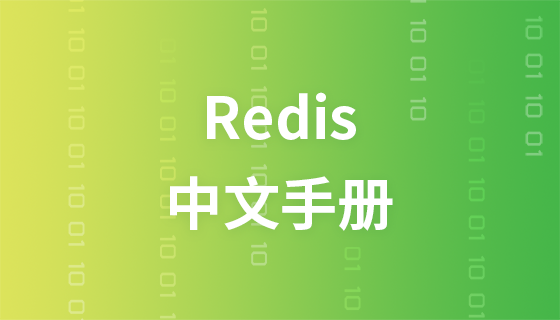
Course Elementary 57892
Course Introduction:"Redis Command Operation Chinese Manual" is the latest official Redis online reference manual. Redis is an in-memory cache database. This manual contains various Redis operation commands with Chinese explanations. You will learn to master the efficient use of Redis in the data server. It is a must-have online query for Redis learning and users. Refer to the documentation tutorial!
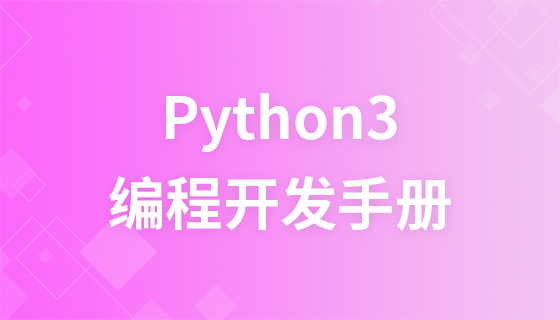
Course Elementary 87582
Course Introduction:"Python 3 Tutorial" The 3.0 version of Python is often called Python 3000, or Py3k for short. This is a major upgrade compared to earlier versions of Python. In order not to bring too much burden, Python 3.0 was not designed with backward compatibility in mind. Python language is very simple and easy to use for beginners and to complete common tasks.
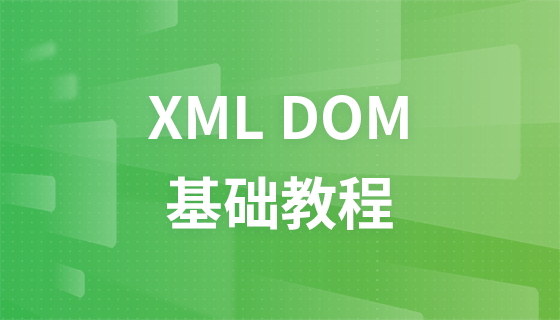
Course Elementary 21054
Course Introduction:"XML DOM Tutorial" XML DOM defines a standard method for accessing and manipulating XML documents. DOM treats an XML document as a tree structure, with leaves defined as nodes. If you want to use XML, you need to understand the XML DOM.
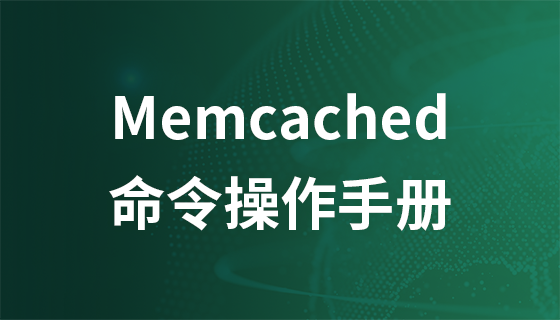
Course Elementary 17803
Course Introduction:"Memcached Command Operation Manual" is the latest official Memcached online reference manual. In this Memcached document, various Memcached operation commands are provided with Chinese explanations. You will learn how to use Memcached to reduce database load and improve performance. It is a must-have online query reference document tutorial for Memcached learners and users!
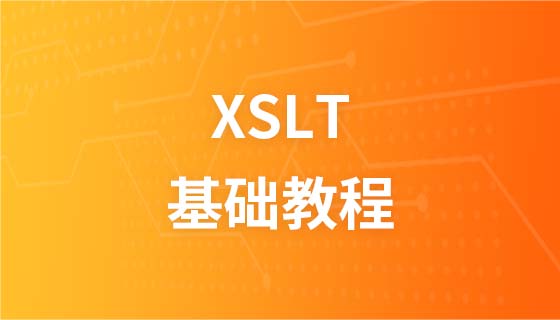
Course Elementary 9843
Course Introduction:"XSLT Tutorial" XSL refers to the EXtensible Stylesheet Language (EXtensible Stylesheet Language), which is a stylesheet language for XML documents. XSLT refers to XSL Transformation. In this tutorial, you will learn how to use XSLT to transform an XML document into another document, such as XHTML.
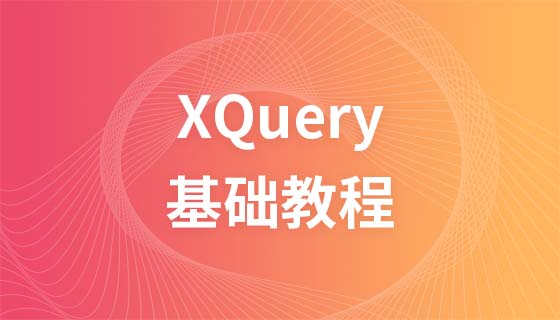
Course Elementary 9171
Course Introduction:"XQuery Tutorial" XQuery is to XML what SQL is to databases. XQuery is designed to query XML data.
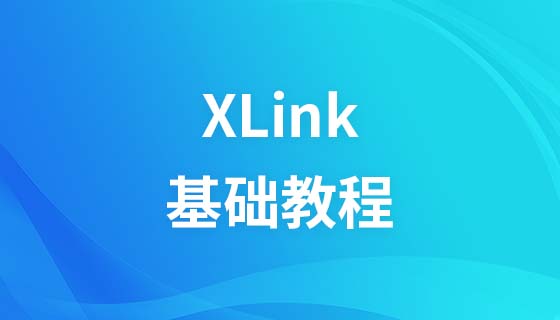
Course Elementary 8607
Course Introduction:XLink defines a standard way to create hyperlinks in XML documents. XPointer allows these hyperlinks to point to more specific parts (fragments) in the XML document.
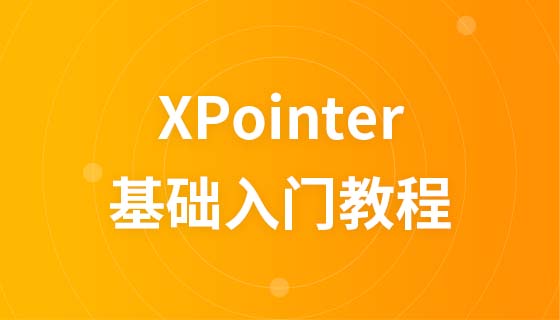
Course Elementary 8228
Course Introduction:XLink and the XPointer Tutorial XLink defines a standard way to create hyperlinks in XML documents. XPointer allows these hyperlinks to point to more specific parts (fragments) in the XML document. Start learning XLink and XPointer now! Table of Contents Introduction to XLink and XPointer This chapter explains the concepts of XLink and XPointer. XLink and XPointer syntax XLink and XPointer syntax
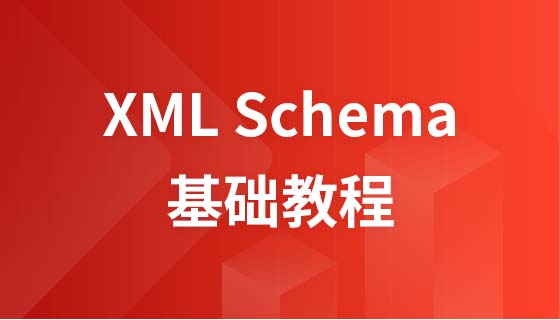
Course Elementary 10992
Course Introduction:"XML Schema Tutorial" XML Schema describes the structure of an XML document. In this tutorial, you'll learn how to read and create the XML Schema language in your applications, why XML Schema is more powerful than DTDs, and how to use XML Schema in your applications. Start learning XML Schema now!
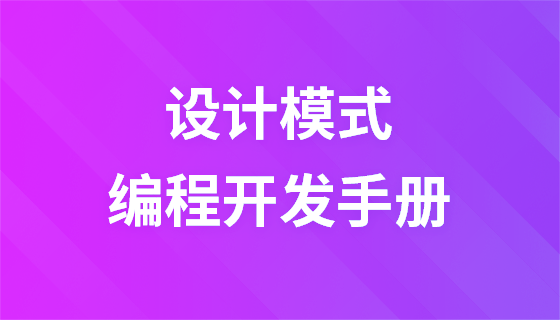
Course Elementary 22373
Course Introduction:Design pattern (Design pattern) is a set of classified and cataloged summary of code design experience that is used repeatedly, known to most people. The purpose of using design patterns is to reuse code, make the code easier to understand by others, and ensure code reliability. There is no doubt that design patterns are win-win for ourselves, others, and the system; design patterns make code writing truly engineering; design patterns are the cornerstone of software engineering, just like the structure of a building.